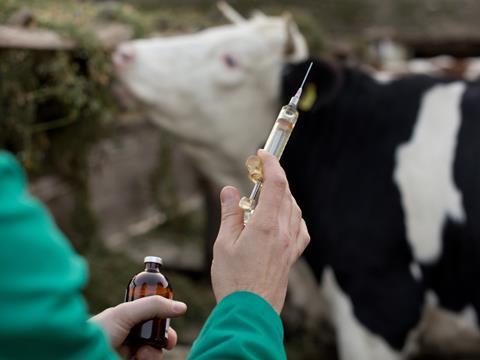
M&S and Waitrose are ahead of industry targets for reducing antibiotics in meat and dairy production by 2020, the retailers claimed today as they became the first British supermarkets to share data on the use of the drugs in their supply chain.
Data published by M&S this morning revealed that in 2017 the retailer’s milk suppliers used an estimated 13mg/PCU, putting it ahead of the 2020 industry target of 21mg/PCU set by the Responsible Use of Medicines in Agriculture Alliance.
The supermarket’s chicken suppliers used an estimated 2.5mg/PCU in 2017 compared with the RUMA 2020 target of 25mg/PCU, while its pig producers used 41mg/PCU compared with the RUMA 2020 target of 99mg/PCU.
For all three species, it has also reduced antibiotics use ahead of the last published industry average, the data showed.
M&S decided to publish the data as part of its Plan A 2025 commitment to “be a leader in transparency”, the supermarket said. It will update the information “regularly” and add other product categories next year.
“Our farmers use antibiotics responsibly. They never use them routinely, never use antibiotics that are critical to human health and are committed to reducing use every year,” said Steve McLean, head of agriculture at M&S.
“However, we do not envisage never using them. Animal welfare is at the heart of our business and using them responsibly includes ensuring animals receive the appropriate treatment, under veterinary supervision, when they need it.”
In the light of the M&S revelation, Waitrose brought forward its commitment to share its data on antibiotic use on its website.
It published 2016 data from across its meat and dairy supply chain, which suggested it had already reduced antibiotic levels below the 2020 targets for most products. For dairy, Waitrose antibiotic usage was between 15-25mg/PCU, while for chicken it was less than 5mg/PCU and for pigs it was between 50-75mg/PCU.
“Since 2014, Waitrose, in conjunction with its suppliers, has developed strategies and policies to reduce the total use of antibiotics across its supply chains, while keeping animal welfare at the forefront of any decisions,” a Waitrose statement read.
“In addition, an escalation process has been put in place to only use Critically Important Antibiotics (CIAs) as a last resort and only where animal welfare may be compromised.”
The move by both supermarkets was welcomed by the Alliance to Save our Antibiotics, which has been pressing supermarkets to increase transparency for consumers by publishing data on their suppliers’ antibiotics use.
“We very much welcome M&S’s and Waitrose’s decisions to publish data on their suppliers’ antibiotic use. We want to see all supermarkets increase transparency for consumers by publishing similar data. Several other supermarkets have already collected data, but are so far refusing to publish it,” said Cóilín Nunan, scientific adviser to Alliance to Save Our Antibiotics.
“Both data sets show antibiotic-use levels which are well below industry averages. M&S data covers only pig, chicken and dairy farming, but shows that their pig and chicken farmers are using less than one quarter of UK averages.
“Waitrose data is much more comprehensive, additionally covering beef cattle, lamb, turkeys, ducks, egg production and farmed fish. Antibiotic use in Waitrose’s pig and chicken suppliers is about one third or less of the industry averages, and use in turkeys is about one sixth of the average.”
The Alliance also wants to see M&S publish data on antibiotic use in turkeys, which is “often much higher than in chickens”, but tends to get overlooked, he added. The retailer claimed it would add other product categories next year.









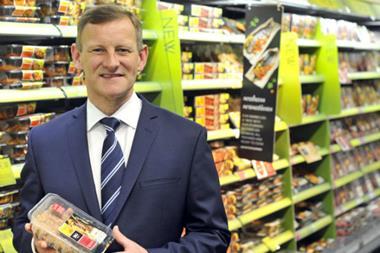
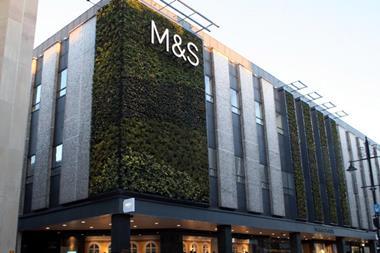

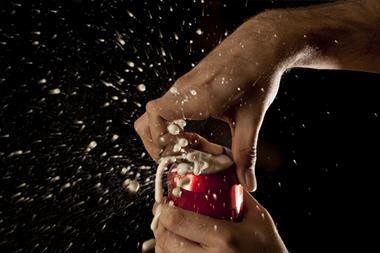

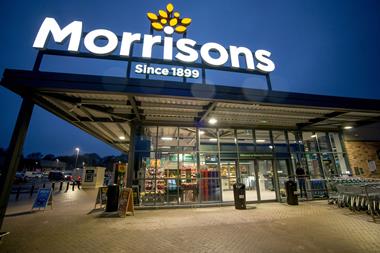
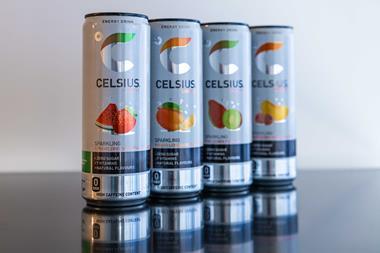

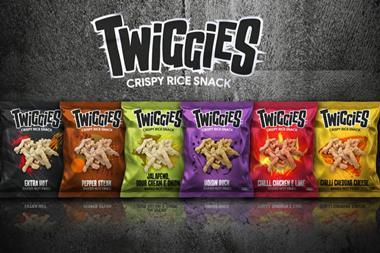

No comments yet